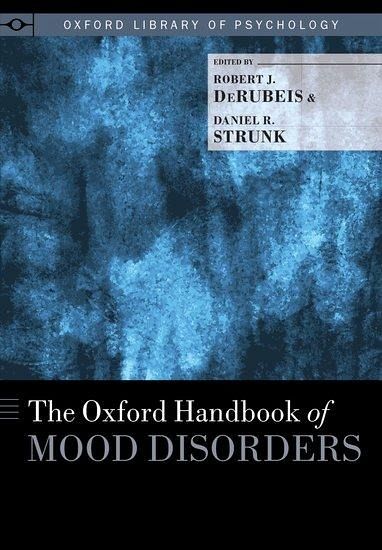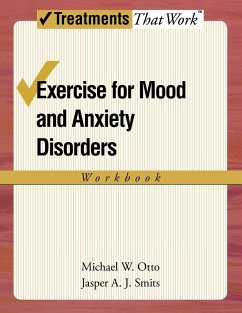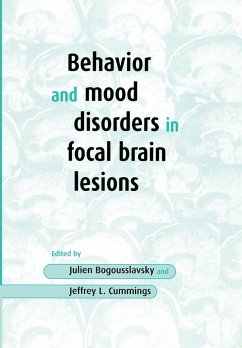
Oxford Handbook of Mood Disorders

PAYBACK Punkte
90 °P sammeln!
The most comprehensive volume of its kind, The Oxford Handbook of Mood Disorders provides detailed coverage of the characterization, understanding, and treatment of mood disorders. Chapters are written by the world's leading experts in their respective areas. The Handbook provides coverage of unipolar depression, bipolar disorder, and variants of these disorders. Current approaches to classifying the mood disorders are reviewed and contemporary controversies are placed in historical context. Chapter authors offer a variety of approaches to understanding the heterogeneity of the experiences of ...
The most comprehensive volume of its kind, The Oxford Handbook of Mood Disorders provides detailed coverage of the characterization, understanding, and treatment of mood disorders. Chapters are written by the world's leading experts in their respective areas. The Handbook provides coverage of unipolar depression, bipolar disorder, and variants of these disorders. Current approaches to classifying the mood disorders are reviewed and contemporary controversies are placed in historical context. Chapter authors offer a variety of approaches to understanding the heterogeneity of the experiences of those who meet criteria for mood disorders, both within and across cultures. The role of genetic and environmental risk factors as well as premorbid personality and cognitive processes in the development of mood pathology are detailed. Interpersonal, neurobiological, and psychological factors also receive detailed consideration. The volume reviews mood disorders in special populations (e.g., postpartum and seasonal mood disorders) as well as common comorbidities (e.g., anxiety, substance use disorders). Somatic and psychosocial treatment approaches receive in-depth coverage with chapters that describe and review empirical evidence regarding each of the most influential treatment approaches. The depth and breadth offered by this Handbook make it an invaluable resource for clinicians and researchers, as well as scholars and students.













